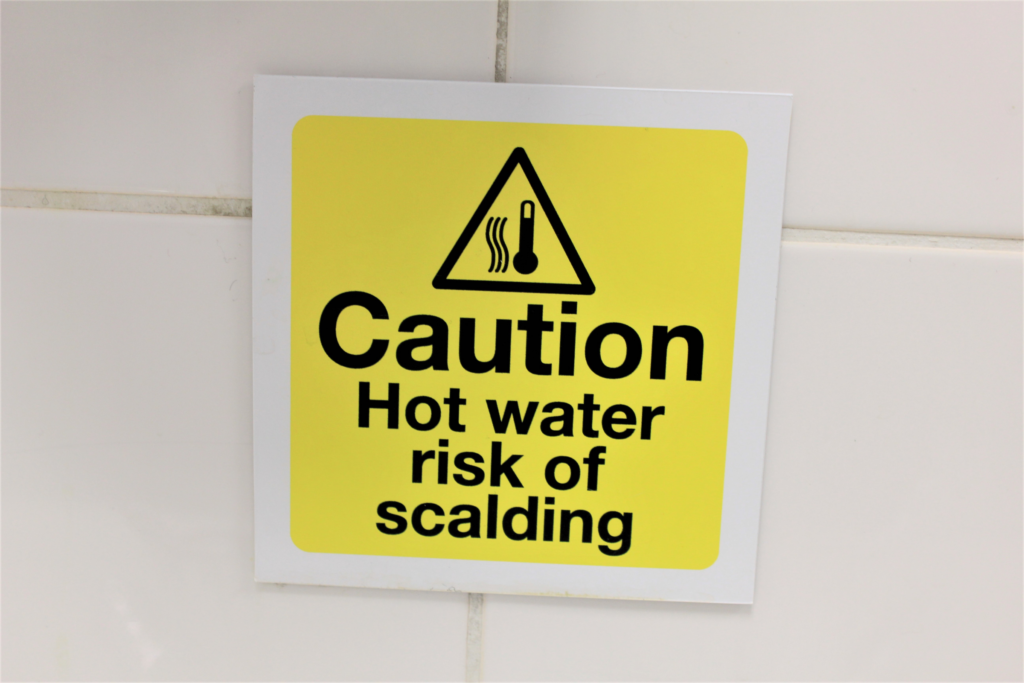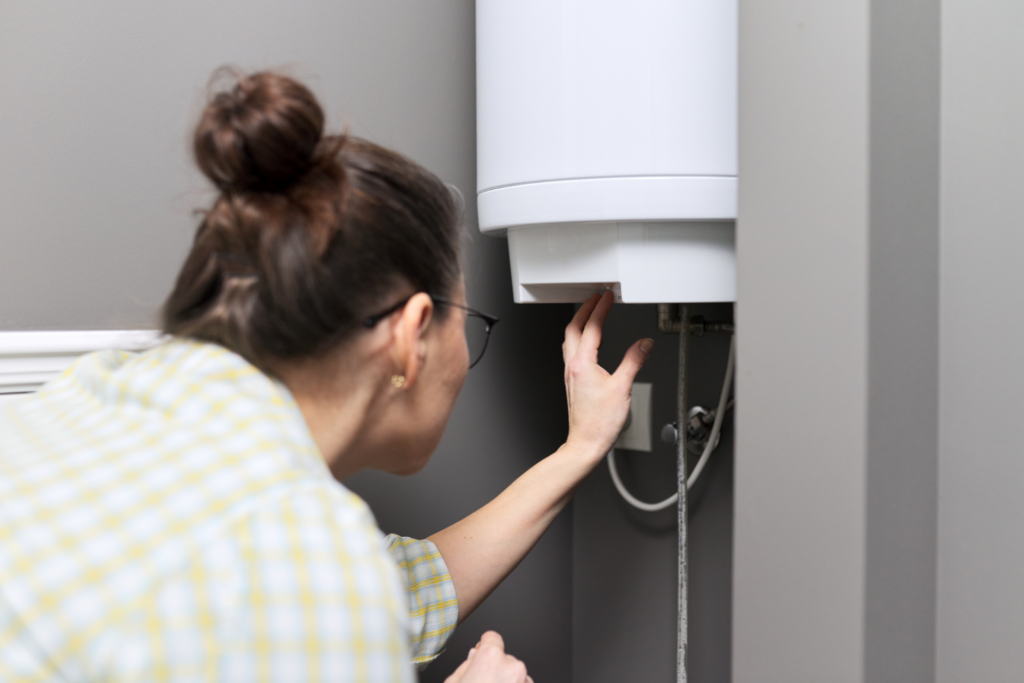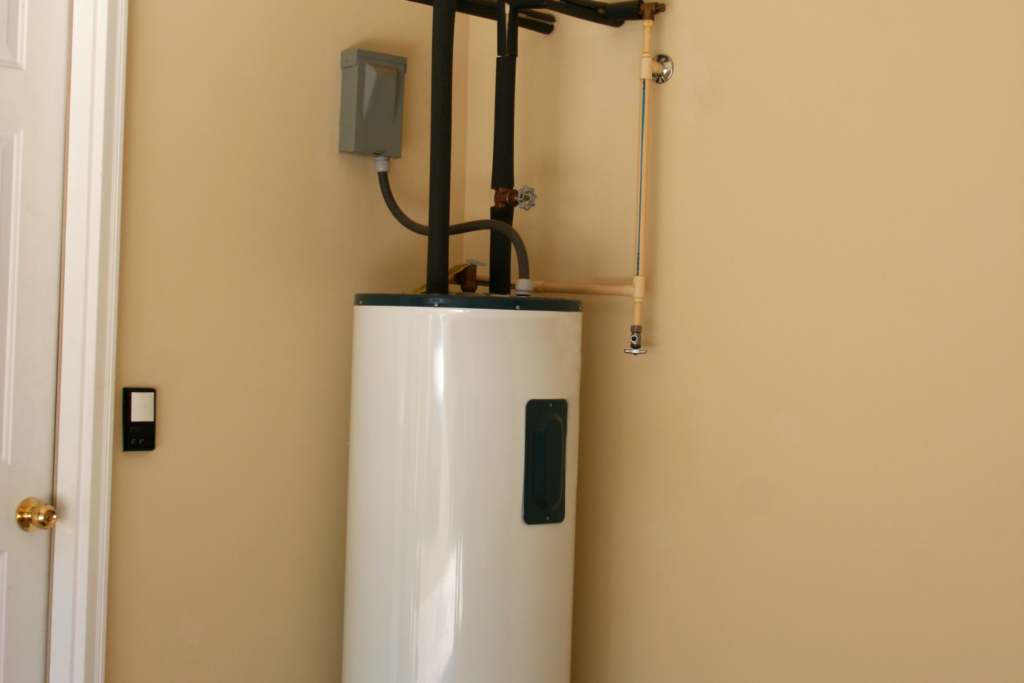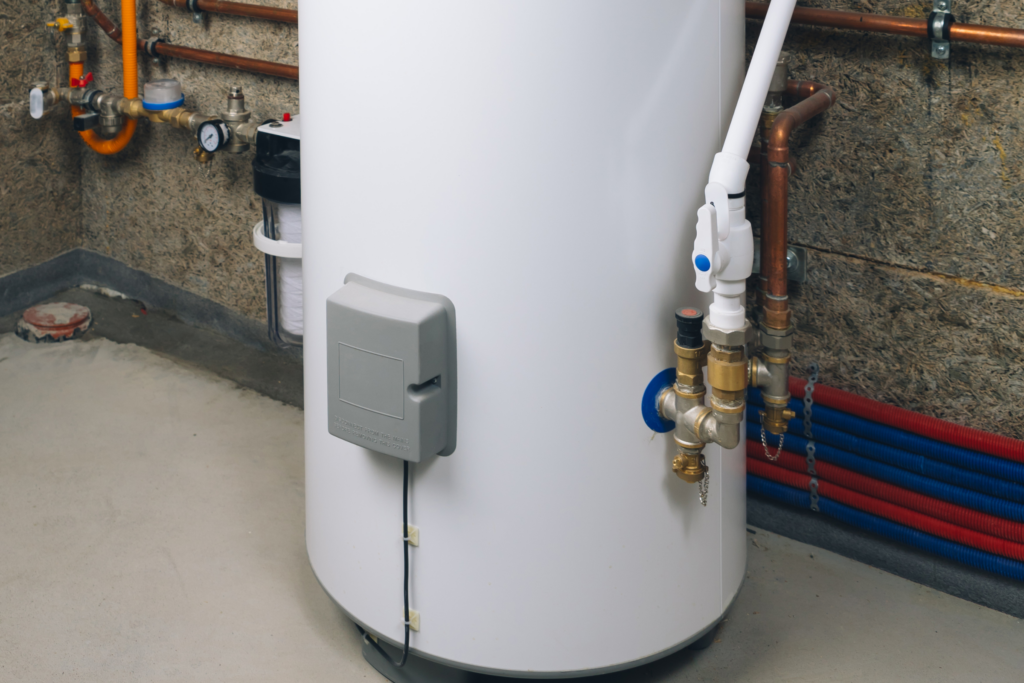How to Adjust Hot Water Heater: A Quick Guide for Homeowner Newbies
Adjusting your water heater to prevent scalding is a crucial step in ensuring the safety of you and your family. Hot water that’s too hot can lead to painful burns and even serious injuries. While most water heaters come factory-set at a temperature of 140°F, experts recommend setting them between 120°F and 130°F to reduce the risk of scalding and to save on energy costs.
To adjust your hot water heater, you’ll want to locate the thermostat, which is often found behind removable panels on the side of the water heater. Be sure to turn off the power before making any adjustments to avoid any hazards. Once you’ve located the thermostat, it’s a simple matter of adjusting the dial to your desired temperature.
Remember, balancing safety with comfort can be subjective, so experiment with different settings to find the temperature that works best for your household. As you make adjustments, be patient and give the water heater some time to adjust to the new temperature.
Once you’ve found the perfect temperature, you can enjoy the benefits of hot water without the risk of scalding.
What temperature is considered scalding hot water?
Water is considered scalding hot when it’s hot enough to cause burns upon contact. The temperature at which scalding can occur depends on the duration of exposure. For example:
- At 160°F (71°C), it can cause a third-degree burn in just one second.
- At 140°F (60°C), it takes about five seconds for a third-degree burn to occur.
- At 130°F (54°C), it takes about 30 seconds.
- At 120°F (49°C), it can take more than five minutes for a third-degree burn.
Given the rapid injury that can occur at higher temperatures, it’s recommended to set residential water heaters to no more than 120°F (49°C) to reduce the risk of scalding, especially in homes with young children, elderly individuals, or those with sensitive skin.

How to adjust the water heater temperature
Adjusting the temperature on a hot water heater involves a series of steps. Here’s a general guide on how to do it. Remember, these steps might vary depending on the specific type and model of your water heater, so always refer to the manufacturer’s instructions for precise guidance.
Adjusting the temperature on Electric Water Heaters
- Turn Off Electricity: Before starting, switch off the electricity to the water heater from your home’s circuit breaker.
- Access the Thermostat: Remove the plate or access panel on the side of the water heater. Some units may have insulation covering the thermostat; if so, move it aside.
- Adjust the Temperature: Locate the thermostat. Use a screwdriver to adjust the temperature dial to your desired setting. Most residential water heaters should be set to 120°F (49°C) for safety and energy efficiency.
- Replace the Access Panel: Put the insulation back (if there was any) and replace the access panel.
- Turn the Electricity Back On: Once you’ve made the adjustment, turn the electricity back on from the circuit breaker.
Adjusting the temperature on Gas Water Heaters
- Find the Control Dial: This is usually located near the bottom of the tank. Some models might have a metal plate covering the dial.
- Adjust the Temperature: Turn the dial to adjust the temperature. The dial might be labeled with words like “hot,” “warm,” or specific temperatures. Again, 120°F (49°C) is a recommended setting for most households.
- Monitor: After adjusting, it’s a good idea to wait for a few hours and then check the water temperature at a tap to ensure it’s where you want it. Be cautious, and start with cold water, gradually increasing the hot water to avoid getting scalded.
Safety precautions when adjusting your hot water heater
- For electric water heaters, always make sure the power is off before accessing the thermostat.
- For gas water heaters, if you smell gas at any point, turn off the gas supply, vacate the area, and contact a professional.
- After adjusting the temperature, monitor it for a day or two to ensure consistency.
- Always test the water temperature before using to prevent scalding.
If you’re not comfortable adjusting the temperature yourself or encounter any issues, it’s best to contact a professional plumber or technician to assist.

The differences and similarities between gas, electric, and tankless water heaters
Here’s a comparison of electric water heaters, gas water heaters, and tankless water heaters in terms of their similarities and differences:
Electric Water Heaters
- How They Work: These use electric resistance coils to heat the water.
- Installation: Generally easier and less expensive to install than gas water heaters because they don’t require a venting system.
- Operating Costs: Tend to be more expensive to operate compared to natural gas water heaters due to the cost of electricity.
- Safety: Don’t have the risk of gas leaks, which can be a concern with gas water heaters.

Gas Water Heaters
- How They Work: Use a gas burner at the bottom of the tank and a venting system to expel the gases.
- Installation: More complex because of the need for venting. They also require access to a gas line.
- Operating Costs: Typically less expensive to operate than electric heaters if considering the cost of natural gas versus electricity.
- Safety: There’s a risk of gas leaks, so they need proper installation and regular maintenance.

Tankless (On-Demand) Water Heaters
- How They Work: Rather than storing and continuously heating water in a tank, they heat water directly and instantly as it flows through the unit. They can be powered by electricity or gas.
- Installation: Can be more complex and expensive, especially if retrofitting a home that didn’t previously have one.
- Operating Costs: Generally offer a reduction in energy costs over time because they only heat water as needed, eliminating the energy loss from keeping a tank of water heated.
- Size and Space: Much smaller than tank heaters and can be mounted on walls, freeing up floor space.
- Lifespan: Tend to last longer than traditional tank water heaters.

Similarities
- Purpose: All three types are designed to provide hot water for residential or commercial use.
- Maintenance: All types require regular maintenance to operate efficiently and prolong their lifespan. This might include flushing sediment or checking elements and burners.
- Variety: Each category comes in various sizes and capacities to suit different household or establishment needs.
Differences
- Energy Source: Electric heaters use electricity, gas heaters use natural gas or propane, and tankless heaters can use either electricity or gas.
- Operating Costs: Gas heaters generally have lower operating costs than electric ones, and tankless heaters can offer energy savings over time.
- Size and Lifespan: Tankless heaters are more compact and typically have a longer lifespan than traditional tank heaters.
- Upfront Costs: Tankless systems often have a higher initial cost but may lead to savings in the long run.
When choosing a water heater, it’s essential to consider the size of your household, your budget, energy prices in your area, and how much hot water you use daily. Each type has its advantages and potential drawbacks, so the best choice often depends on individual circumstances.
Let Us Know How We’re Doing!
Did this expertly prepared resource answer your question?
Do you have another question about home maintenance, home improvement projects, home appliance repair, or something else?
Get more information, send in questions and keep the discussion going by contacting the I’ll Just Fix It Myself company customer service team at at 1-800-928-1490 or Email us at [email protected]
